What Is Your Purpose? — Issue #12: Veronica Llorca-Smith
When life gives you lemons, use the seeds to plant your lemon tree
Hi everyone,
Welcome back to a new issue of What Is Your Purpose?
This series is where I invite authors from inside and outside Substack to share their stories with us, to uncover what motivates them, what sparks them, and how they’ve found themselves on the path they’re walking today.
Before we dive in, let me start with a quick announcement. You might have already seen it in the chat or in Notes, but I recently released a new guide, the first of many volumes I plan to publish. The idea behind this series of guides is simple: to give you practical mental models you can use to design your own systems. Think of them as tools that help you reduce friction and shape your routines through the lens of Adaptable Discipline.
This first release is available under a pay-what-you-want model, with a $5 minimum. If you’d like to support the work and check it out, you can find it here.
I’m very excited to share today’s feature because it’s a story of resilience, motivation, grit, and hustle — the hustle you need when life doesn’t go as planned.
Our guest is
, the founder of The Lemon Tree Mindset and El Limonero for her Spanish-speaking audience. The Lemon Tree Mindset is not a newsletter; it is a community of writers that now spans across 165+ countries, built around sharing ideas, exchanging support, and growing together. Through it, Veronica has created a space where purpose and creativity come alive as a collective experience.With more than 12,000 subscribers and eight income streams she’s built through her work, Veronica is a living example of how purpose can fuel action and help you keep your direction through life’s hardest seasons.
Without further ado, let me hand it over so you can hear her story in her own words.
Please welcome Veronica Llorca-Smith.
Finding Purpose On A Beach And Chasing The Dolphins In Australia
On July 5th 2022, my life changed.
Not the way you think it changed. Nothing shocking or dramatic happened.
Sometimes, all you need is a walk on the beach.
That’s where I found “my why.” On a white-sand beach somewhere on the Gold Coast, in Australia, or perhaps it was my why that finally caught up with me…
A year prior to that, the pandemic had left me and my two daughters stranded, trapped out of our home in Hong Kong. We suddenly and unexpectedly started a new temporary life in Australia with a purple suitcase, our only belonging in this new adventure. My husband was on another continent with our dog, Django, and our new life was a blank canvas with many question marks.
Having spent 15 years working for big companies (you know, the ones that have quarterly investor calls), the corporate gal in me wanted to continue climbing the ladder. Correction, she thought she wanted to keep climbing the ladder because that’s how we are programmed by society.
So, I spent over six months searching for jobs in Australia. I sent dozens of CVs wearing a different hat every time and mimicking corporate BS jargon to prove that I was a good “cultural fit” and that I would help “reengineer their P&L” (jargon for cutting costs and sacking people).
Deep down, I wanted to find something I’m passionate about, make an impact, be a good leader, a role model for my daughters, and do work that gave me purpose, not just tick another 9 to 5 on my CV. That was the goal. I lowered my bar, yet I didn’t get a single offer, and I started to think that perhaps I wasn’t good enough.
But the problem wasn’t me, see. It’s the system —a system that reduces you to your job title, your business card, and your ranking within an organization.
One morning, I drove to the beach with Alba and Maia, who were then 4 and 6. I can’t remember if it was a Monday or a Saturday because I was unemployed anyway. There was no one there, just the three of us. It was a bit chilly as it was winter Down Under. When I think about freedom, I think about that moment, the crisp air, and the winter sunshine warming on our backs with an invisible coat. We were walking on the sand, playing with the waves, and trying to spot the pods of dolphins migrating north toward warmer waters. I wanted purpose too, just like the dolphins, and that day, as I watched my daughters play and giggle, I realized I was looking in the wrong spot.
It's funny how we spend so much time thinking about answers and building solutions that we forget to ask the right questions. Sometimes it’s not about thinking, it’s just about feeling.
What’s the story I want to tell my daughters when they grow up?
I was looking so hard for purpose in job descriptions that were written by other people, or even robots, but true purpose comes from within and if you want to find it, you have to write your own job description.
So that’s exactly what I did.
In that moment, I decided that I was going to invest in my life’s work, build my legacy and stop building someone else’s brand under the false promise that we are family and we share values. Most companies don’t even know what their values are, if you ask their “family members”, anyway.
Let’s be honest too. Back then, I didn’t know what my life’s work looked like, but I decided that having a white canvas was not a bad thing after all; it was an opportunity.
That evening, back at home, I decided to tell the world and manifest that I was going to start a new path. Even though I was completely lost, I knew where I did not want to go, and that was a start.
Knowing what you don’t want to do and who you don’t want to be sets you free because you remove the noise and create space to figure out who you want to be.
“No” is sometimes a painful but necessary start to get to a “yes.” It allows you to make room to find clarity, declutter your mind and your soul.
I published my first LinkedIn Post, opening up about being lost and having my life upside down. Perhaps it was a sign from the universe, but the Post went viral and was viewed by over 33,000 people, who were likely seeking purpose and looking to migrate toward warmer waters too.
That’s the day I started writing. I was already 41. I had never written before, but I decided to create a new path for myself and, in the process, help others to find their own path too. The dolphins.
That path took me to the wonderful world of writing and creating. I started writing short motivational posts on LinkedIn. Then I discovered the beauty of long-form writing on Medium and published over 600 articles. Initially, writing served as a channel for self-discovery and self-expression, but it soon evolved into a vessel for connection and community. My words began to resonate with some people, and that’s when I published my first book, The Lemon Tree Mindset, which then turned into my newsletter, also named The Lemon Tree Mindset. My little seed grew into a tribe and today it’s 2 lemon trees (one in English and one in Spanish) with over 12,000 subscribers, 4 books, multiple courses and a lifestyle business based on passion and purpose.
I realized that my mission was enabling people to find their creative path, whether that’s through books, speaking in public or building a community. And while the how is always evolving, the why is rock-solid: empowering people to do their life’s work and unleash their creative genius to build something they are proud of. Their legacy.
What’s the story you want your loved ones to remember?
Success went from senior titles and fancy offices to being able to spend quality time with my family, train for triathlon and travel the world. And in the process, I want to share what I know, my frameworks, my wins, and also my challenges and failures so that other people can learn with me and paint their canvas with less fear and more freedom, less rules and more creativity.
Today I have a thriving creative business with 8 income streams, but it all started with one seed, one walk on the beach and the realization that our why lives within us. We just have to press pause, ask the right question and listen to the little voice some call intuition.
***
When life gives you lemons, use the seeds to plant your lemon tree.
The Lemon Tree Mindset 🌳🍋 , a community of writers and creators who are turning their passion into their lifestyle.
Thank you, Veronica, for sharing your story with us.
As you can see, Veronica’s journey is one of determination, connection, and above all, resilience and hustle. The pandemic of 2020 was a challenge for everyone. It brought isolation, mental health struggles, job loss, even homelessness. It was a chaotic time, and it was easy to slip into a dark space — especially for people whose lives and livelihoods depended on community or stability that suddenly vanished.
📚 Check this post’s paid companion here →
But what Veronica’s story shows us is that even within isolation and loss, there can be space for opportunity. Not in the sense of solving all the problems the pandemic created, because no single story can do that, but in the sense of taking one seed from a hard season and growing something new. For Veronica, that meant a radical change in her path, a shift in how she worked, and ultimately the ability to connect with her purpose and serve it in a way that made her self-sufficient, no matter where she was.
In my opinion, the practice of identifying opportunities in the middle of difficult weeks is something we can train. It requires a shift in mindset, a different way of thinking, and sometimes just looking at life from another angle than the one it first gives us. Science backs this up: optimism and opportunity-seeking aren’t fixed traits, they can be cultivated. Studies in positive psychology and cognitive reframing show that the brain can be trained to notice possibilities where others only see obstacles12. That’s what I take from Veronica’s story. It’s not just resilience for resilience’s sake, but resilience that opens the door to something new.
And what seems to have anchored Veronica, and maybe she can confirm this, is that she found direction. She found purpose on her journey, and that gave her the lens she needed to spot opportunities and actually use them.
My invitation for you is to try the same.
I know it’s hard.
Let’s be real: mindset shifts are some of the hardest changes we can make, because we’ve trained our brains to follow the same patterns for years, often reinforced by the wrong rewards. But here’s the good news: neuroplasticity is on our side3.
We can retrain that muscle, rewire ourselves, and sharpen our mindset so it’s better at seeing opportunities. And we can do it faster and more effectively once we have direction, once we know why we want to see those opportunities and what we want to do with them.
So use this as your chance to start working on that lens, to start strengthening that muscle. And if you’d like help, I’ll be diving deeper into this in the paid companion, where we’ll explore how to train that muscle and practice turning setbacks into opportunities.
And if what you need is something quicker — a resource you can use right away to generate ideas or test simple exercises — I’ve also put together the first volume of my Mental Models Guide. As I mentioned in the introduction, it’s a practical set of models you can use at your own pace to practice this mindset shift. You can find it here.
Thanks again to Veronica for sharing her story, and thank you for supporting this series. If you found value here, please like and share — it helps keep these stories moving and might reach someone who needs it.
Have a wonderful weekend!
✨ Ideas Worth Exploring
If this piece resonated, here are a few more that go hand-in-hand.
Enjoying this? Support the mission.
I write Self-Disciplined to help more people build real, lasting discipline — without burnout. If my work has helped you, consider supporting it with a coffee or becoming a member.
Bohlmeijer, E. T., Korte, J., Cappeliez, P., Smit, F., & Westerhof, G. J. (2012). An online optimism intervention increases optimism and reduces depressive symptoms. Psychological Medicine, 42(6), 1163–1173. https://doi.org/10.1017/S0033291711002042
Malouff, J. M., & Schutte, N. S. (2016). Can psychological interventions increase optimism? A meta-analysis. Journal of Positive Psychology, 12(6), 594–604. https://doi.org/10.1080/17439760.2016.1221122
Puderbaugh, M. (2023). Neuroplasticity. In StatPearls. StatPearls Publishing. https://www.ncbi.nlm.nih.gov/books/NBK557811/




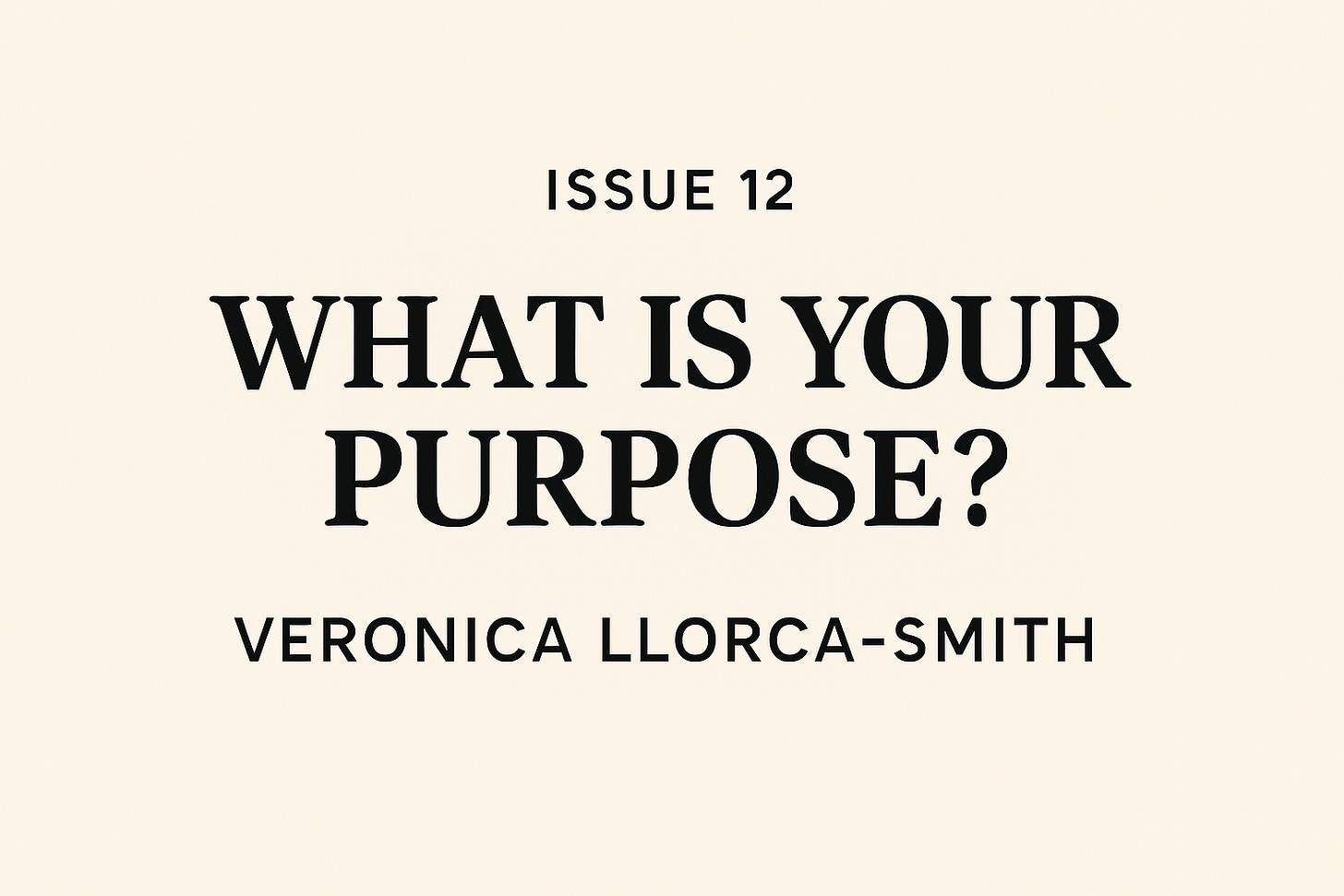
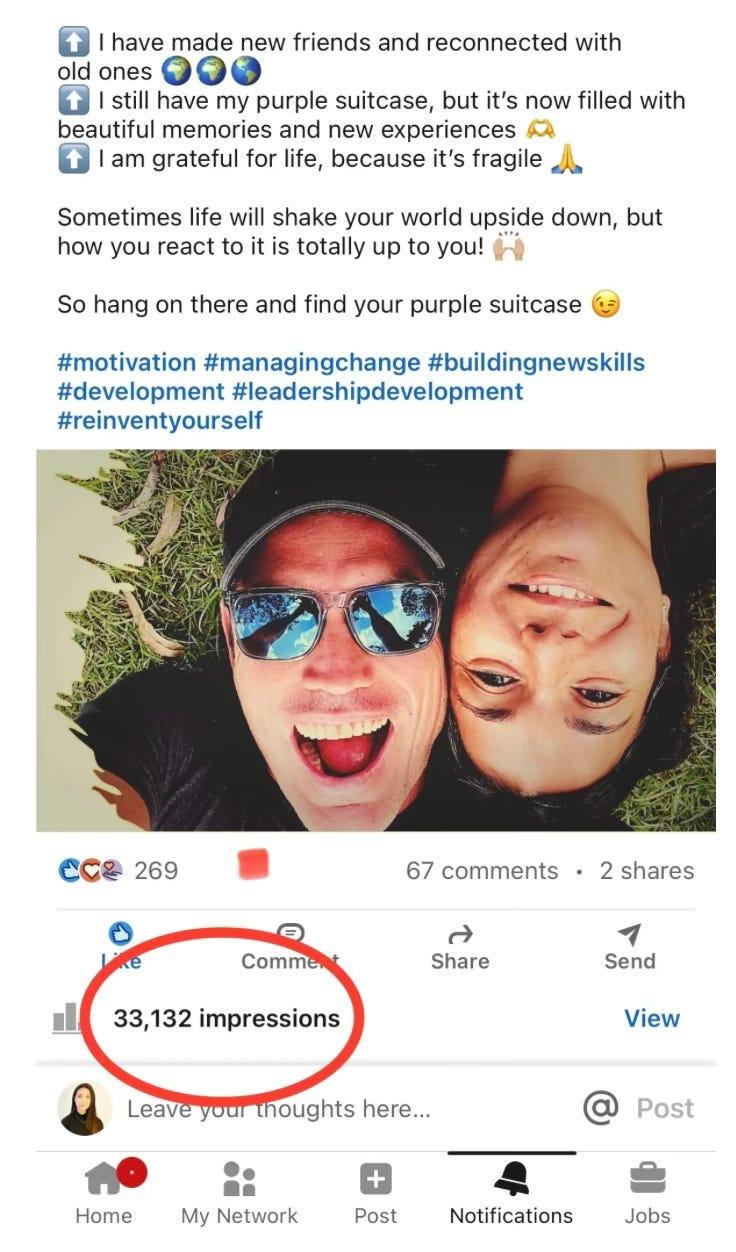
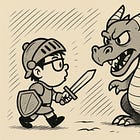
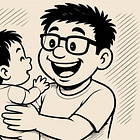
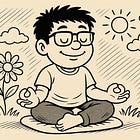

Thank you for this wonderful partnership in English AND Spanish!
Love the idea of sharing our purpose and our why.
Graciasa
Veronica, Camilo, this is a beautiful story. Well written. I like it a lot. Especially the part about dolphins and the beach:) Thanks for sharing!